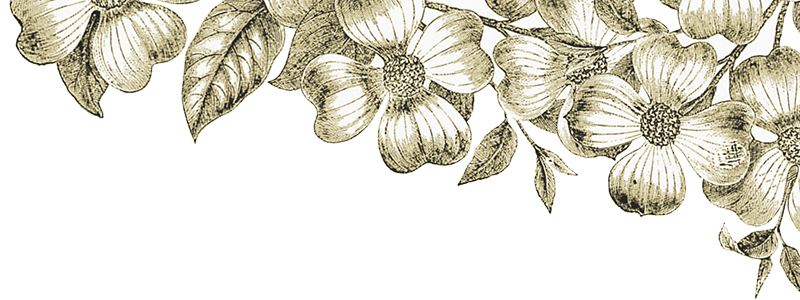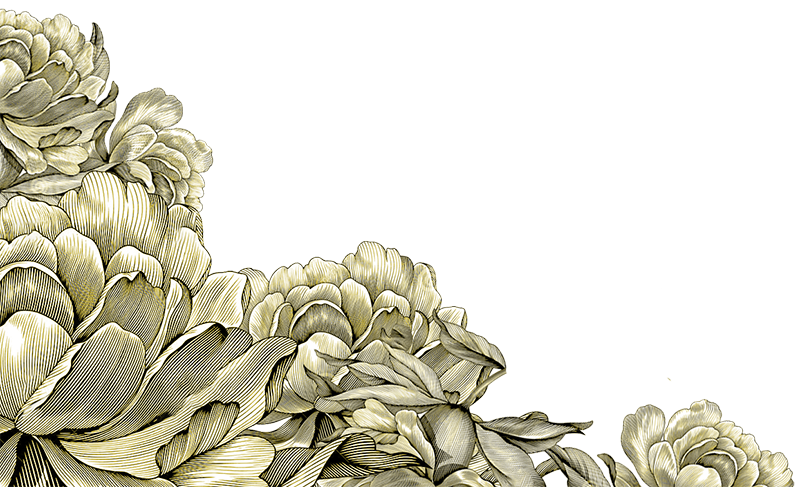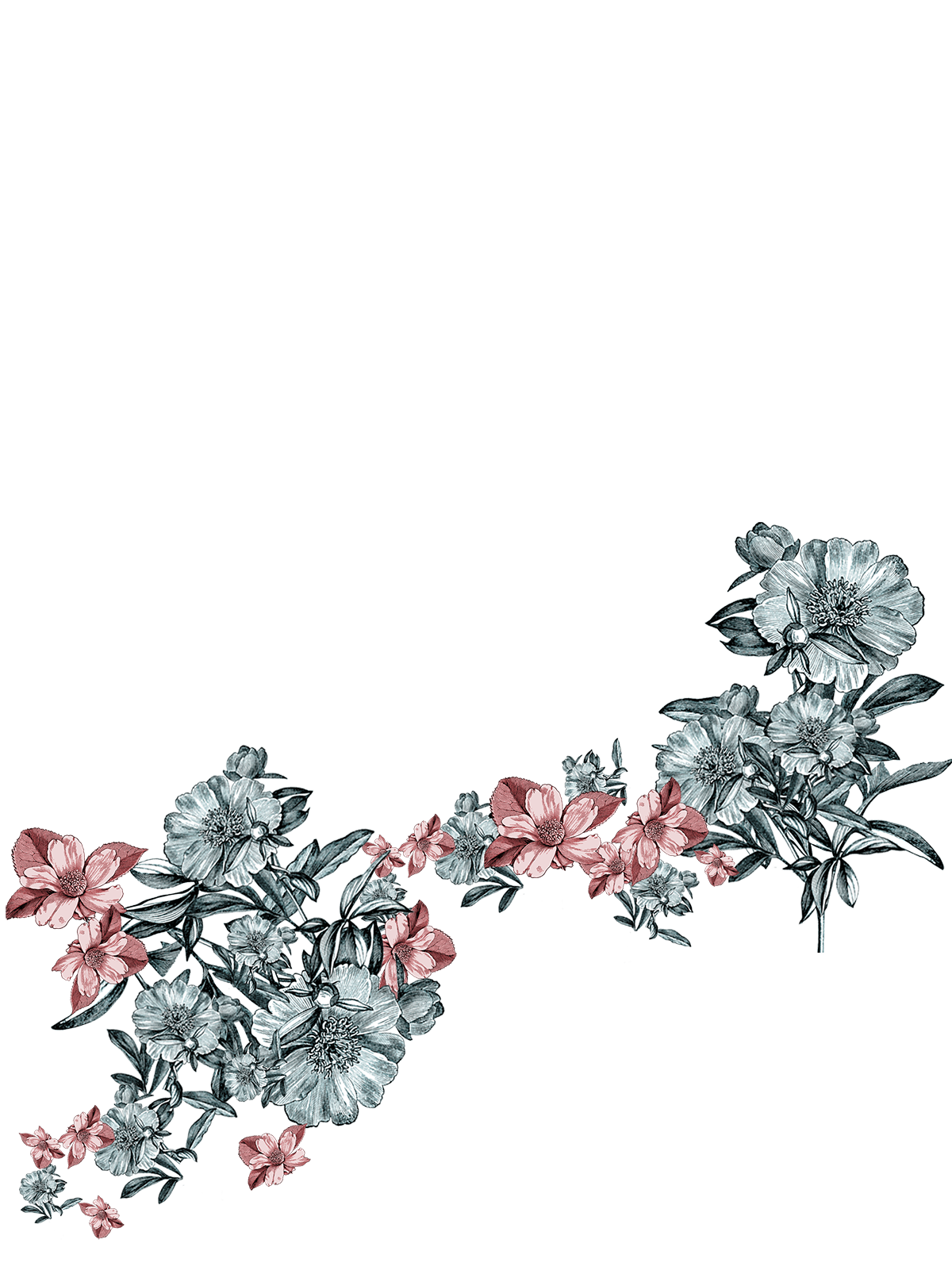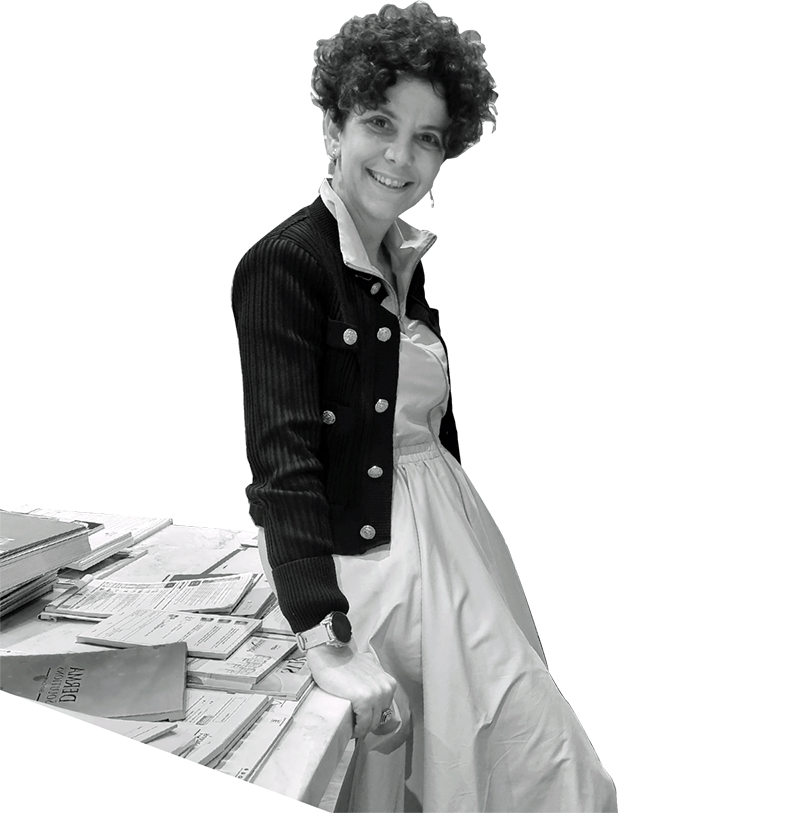
Fotoğraf: Çınar Alyamaç
Uz. Dr. Gökçen Alyamaç was born in Istanbul. After graduating with honors from
Nişantaşı Girls' High School, she started her medical education at
Istanbul University Cerrahpaşa Faculty of Medicine in 1995 and
graduated in 2001.
After working for a while in the General Surgery Department at Gazi
University, she began her specialization training in the
Dermatology Department at Dicle University in 2003, completing her
specialization in 2008.
After completing her compulsory service at Diyarbakır Ergani State Hospital, she worked
for a total of 12 years at various hospitals, including Medicalpark Gaziantep
Hospital, Medicabil Bursa Hospital, VM Medicalpark Bursa Hospital, and Bursa
Medicana Hospital. In 2020, she opened her own clinic.
Currently, she works at Uz. Dr. Gökçen Alyamaç Dermatology Clinic,
focusing on cosmetic dermatology and dermatological diseases (psoriasis, eczema, acne
treatment, hair and nail diseases), conducting research and studies in these fields.
 Skin
Diseases and Treatments
Skin
Diseases and Treatments
Acne (commonly known as pimples) is a condition that results from the
inflammation of the oil glands in the hair follicles.
There are four main factors that contribute to the formation of acne:
Increased oil production:
During adolescence, certain hormones (such as androgens, etc.) stimulate the oil
glands excessively, causing them to enlarge and increase oil production.
Individuals with acne tend to have oilier skin than normal individuals. Hormones
that cause excessive oil production can also lead to problems such as increased
body hair and irregular periods in women.
Increased stickiness in hair follicles:
In individuals with acne, there is an increase in hair follicle cells, leading
to blockages. Clinically, types of acne such as blackheads (open comedones) and
whiteheads (closed comedones) occur in this way.
Microbial factors in the skin:
Accumulation of certain microbes in the hair follicle can lead to acne
formation. The most important of these microbes is known as Propionibacterium
acnes. Others include Staphylococcus epidermidis and Pityrosporum ovale.
Inflammation:
Certain substances released by bacteria that cause acne can lead to an
inflammatory reaction. This results in the acne appearing as red, swollen,
cystic, and painful.
Other Factors Contributing to Acne Formation:
- Medications: Lithium, Hydantoins, Isoniazid, Glucocorticoids, Oral contraceptives, Iodides, Bromides, Androgens, Danazol.
- Stress
- Occlusion and pressure (resting hand on face)
- Acne-inducing mineral oils
- Cosmetics
- Sun exposure
ACNE TREATMENT
Specially formulated oral derivatives of vitamin A (isotretinoin) are used in
the treatment of acne that is not resolved with common acne and antibiotic
treatments. There is a lot of misinformation about this drug. Read the following
explanations for accurate information about the drug.
- Does Isotretinoin cause infertility? The drug is a derivative of vitamin A, and vitamin A derivatives should not be used during pregnancy. If used, they can cause organ damage in the fetus. Therefore, ISOTRETINOIN should never be used in pregnant women. It is not recommended to become pregnant during the treatment and at least 1 month after the end of the treatment. The drug does not affect the reproductive organs.
- Does Isotretinoin cause depression or predispose to suicide? Scientific studies have not shown a connection between the use of isotretinoin and the risk of developing mental illness. However, patients who have previously received depression treatment are advised to use the drug carefully.
- The most common side effect of Isotretinoin is dryness of the skin. Dryness is observed on the skin, lips, and hair during isotretinoin treatment. Moisturizing creams and lotions should be used for the lips and skin during treatment. Dryness in the hair can sometimes lead to hair loss. However, this hair loss is temporary and returns to normal after discontinuation of the drug. Dry eyes can occur, and artificial tears can be used in this condition.
- Can Isotretinoin cause bone pain in patients? Bone pain may occur, especially in patients who use the drug for a long time and at high doses. However, this condition is not related to any disorder.
- Isotretinoin can cause an increase in blood lipids. Increases in blood lipids may occur in patients who use isotretinoin for a long time and at high doses. However, this side effect is not common in young patients and those receiving short-term treatment. Increased blood lipids due to the drug return to normal 2 months after discontinuation of the drug. Therefore, a blood test measuring lipid levels should be performed before starting the drug.
- Patients receiving isotretinoin treatment should not take tetracycline antibiotics, pure vitamin A drugs, and foods rich in vitamin A (such as carrots, liver, etc.). In addition, they should not consume alcohol with the drug.
Eczema is a group of diseases characterized by itchy redness, oozing sores, or crusted sores on the skin, which occur for various reasons. Eczema symptoms can occur anywhere on the body. Eczema can be seen in different stages. In the early stages, oozing, small water blisters may appear on the skin. Over time, oozing sores begin to dry out. In the late stages, the skin takes on the form of cracks or scabs. Itching accompanies the disease at every stage.
Vitiligo is a disease characterized by the loss of cells that give color to the skin, resulting in white patches. It can be seen anywhere on the body, but it is more common in areas exposed to the sun. It is more prominent in individuals with dark skin tones. Factors causing the development of the disease include sunlight, severe illness, and stress. The course of the disease varies from person to person. Sometimes the disease, which starts as a few white spots on the body, may spontaneously disappear after a while. However, in some cases, white spots may spread and not respond well to treatment. Certain internal organ diseases are more common in individuals with vitiligo. Thyroid hormone functions, diabetes, anemia, and vitamin deficiencies should be investigated in these patients.
Moles are formed by the abnormal placement of cells that give color to the skin underneath the skin. The colors, shapes, and sizes of moles vary depending on their placement. The most important factor causing the formation of moles is hereditary. Moles are more common in individuals with fair skin, blue-green eyes, those prone to freckles, and those with skin types that burn easily in the sun.
Psoriasis is a disease that appears on the skin as redness and scaling. The most frequently affected areas are the scalp, elbows, and knees. The disease usually starts in these areas. Sometimes it can spread to other areas of the skin. Psoriasis can occur at any age. Psoriasis is equally common in both men and women. It may cause itching in some patients. The disease shows periods of improvement and recurrence and can last for years. The duration of the disease varies from person to person. The disease may last for 1-2 months in some individuals, while in others, it may last for years. The disease is not contagious.
Nail fungus is observed as thickening of the nail plate and changes in color to
yellow-brown. It can occur on both the fingernails and toenails. Structural
abnormalities in the toes, constant moisture, excessive sweating, and tight
shoes facilitate the formation of nail fungus. The treatment of nail fungus is a
long-term and patience-demanding process. Nail fungus should be treated with
special nail polishes and oral antifungal drugs. Oral medications should be used
for 3-4 months. In recent years, laser methods have been used in the treatment
of nail fungus. Laser treatment is performed once a week for a total of 4
sessions.
How Does Ingrown Toenail Occur and How Is It Treated?
Ingrown toenail occurs as a result of wearing narrow and pointed shoes, cutting
nails too short, and incorrect pedicure practices. The edges of the nails curl,
enter the skin, and redness and swelling occur in the surrounding skin where the
nail is ingrown. Ingrown toenails can lead to infections and cause discomfort
while walking due to pain. Before the treatment of ingrown toenails, if there is
an active infection, the infection should be treated first. If there is a mild
ingrown toenail, relief can be provided by separating the ingrown part of the
nail using wire and gauze. However, if the ingrown degree is high and there is
frequent inflammatory swelling around the nail edge, the ingrown part of the
nail can be removed for treatment. Proper nail cutting is essential in the
treatment of ingrown toenails.
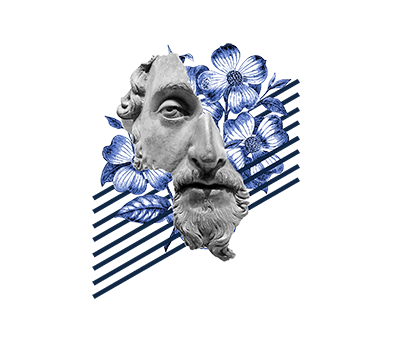 Hair Diseases and Treatments
Hair Diseases and Treatments
Hair and hair styles have always been of great importance in society from a social and
cultural perspective. However, some diseases and inappropriate hair care products can
lead to hair loss. When hair starts to thin, excessive hair loss, or open areas on the
scalp occur, it is essential to consult a dermatologist.
The growth and development of hair involve three stages:
- Growth stage (Anagen Phase): Approximately 90% of the hair on a person's scalp is in the growth stage. This period lasts about 2-6 years.
- Resting stage: The period following the growth stage, lasting about 2-3 months.
- Shedding stage: After completing the resting stage, hair separates from the roots and falls out. New hair growth begins from the shed hair follicle, and the cycle starts again.
Why Does Hair Loss Occur?
- Some chemicals applied to the hair, such as hair dyes, bleach, permanent waves, and hair strengthening agents, can cause damage to the hair. If these products are used frequently, left on the hair for a long time, or multiple applications are made simultaneously, they weaken the hair, leading to easy breakage.
- Hair styling can lead to hair loss. Tightly tying or making ponytails can increase hair loss.
- Washing, combing, and brushing hair too frequently can cause easy breakage and hair loss. After shampooing, the hair should be conditioned to facilitate easy combing. Hair is more prone to break, split, and fall when wet, so it should be combed or brushed after drying. Soft combs or brushes made of gentle materials should be used for the hair.
- Genetic factors contribute to hair loss.
- Febrile illnesses, thyroid diseases, iron deficiency, strict diet programs, cancer drugs, tuberculosis drugs can cause hair loss. Postpartum mothers may experience hair loss due to changes in hormone levels affecting the hair cycle.
- Psychological factors and stress are among the most significant factors causing hair loss.
- Regional hair loss (alopecia areata): More common in children, complete hair loss occurs in a limited area on the scalp. Sometimes hair loss can occur in all body hair. The exact cause of the disease is not fully understood. Stress and certain psychological problems can trigger the disease. Hair can grow back with treatment, but in rare cases, hair loss may be permanent.
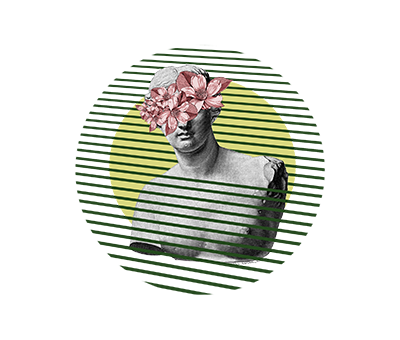 Dermal Fillers and Botox Applications
Dermal Fillers and Botox Applications
One of the most important changes that occur in our skin over time is the reduction
of subcutaneous fat and the loss of substances that provide moisture and tension to
the skin. As a result of this process, volume loss, wrinkles, skin sagging, and
thinning of the lips occur. Aesthetic dermal filler applications are specialized
injection treatments performed under the skin to eliminate fine and deep wrinkles,
fill hollows, erase scars, and address volume loss on the skin, with the goal of
enhancing the appearance.
A more youthful appearance is achieved shortly after dermal filler injection
treatment. Dermal filler aesthetics help eliminate fatigue from the face.
Over the years, a reduction in elastic fibers, collagen fibers, fat layers, and
hyaluronic acid in the skin leads to wrinkles and sagging. Especially in the areas
around the eyes, mouth, jaw, neck, nose, and forehead, wrinkles and sagging become
apparent. Dermal filler injections can be successfully used to address sagging and
wrinkles in the lower parts of the face. Sometimes, dermal fillers may have a
collagen-promoting effect. Hyaluronic acid is most commonly used for this purpose.
Botox is a medication derived from a bacterium called Clostridium Botulinum. It is
used in various medical fields (physical therapy, eye and neurological diseases). In
aesthetic dermatology, Botox is applied to treat wrinkles caused by facial
expressions. Botox applications are performed into the muscles, causing a temporary
relaxation of the muscles. When there is no muscle contraction, wrinkles caused by
facial expressions do not form, or the formation of wrinkles is prevented.
Particularly effective in opening wrinkles in the forehead, around the eyes, frown
lines, neck, and other areas, Botox application achieves significant success. The
effects begin around the 3rd day after the application and show clear results by the
15th day. The application can be repeated after 4-6 months.
Application Areas:
- Between the Eyebrows
- Forehead
- Around the Eyes
- Around the Mouth
- Chin
- Neck
In addition to the traditional areas of use, Botox has been applied in recent times to fine wrinkles in the neck, upper lip, décolleté, cheek area, and to lift the tip of the nose in appropriate doses.
 Plexr
(Golden Needle)
Plexr
(Golden Needle)
PLEXR Treatment Overview:
PLEXR is a non-surgical cosmetic procedure that utilizes plasma technology to treat
various skin concerns
and enhance facial aesthetics. The term "Altın İğne" translates to "Golden Needle"
in English, which might
be a colloquial or branded name for the PLEXR treatment.
How PLEXR Works:
During a PLEXR treatment, a device ionizes gas particles in the air to create
plasma. This plasma is then
used to target specific areas of the skin, causing controlled micro-injuries. These
micro-injuries stimulate
the skin's natural healing processes, promoting collagen production and skin
tightening.
Common Applications:
Skin Tightening: PLEXR is known for its effectiveness in tightening loose or
sagging skin,
particularly in areas like the eyelids, neck, and jawline.
Wrinkle Reduction: The controlled micro-injuries induced by PLEXR help reduce
the appearance of fine
lines and wrinkles, providing a smoother complexion.
Scar Revision: PLEXR can be used to improve the appearance of scars,
including acne scars or
surgical scars, by promoting collagen remodeling.
Pigmentation Correction: The treatment may help address certain pigmentation
issues, enhancing skin
tone and texture.
Non-Surgical Eyelift: PLEXR is often employed for non-surgical eyelift
procedures, lifting and
rejuvenating the skin around the eyes.
Mole and Skin Lesion Removal: Certain skin lesions, moles, or benign growths
can be treated or
removed with PLEXR.
Recovery and Results:
One of the advantages of PLEXR is its minimal downtime compared to surgical
procedures. Patients may
experience redness, swelling, and tiny scabs post-treatment, but these typically
subside within a week or
so. Results become more noticeable as the skin continues to heal, with optimal
outcomes achieved over
several weeks.
Considerations:
It's crucial for individuals considering PLEXR to consult with a qualified and
experienced practitioner.
The treatment's safety and effectiveness depend on proper application and adherence
to post-care
instructions.
Golden Needle Treatment Overview:
While the specific details
may vary, this could refer to a facial rejuvenation technique or a specialized
skincare treatment.
Potential Procedures:
Microneedling with Gold-Plated Needles: Microneedling involves the use of
fine needles to create
micro-injuries in the skin, stimulating collagen production. Gold-plated needles may
enhance the overall
experience and possibly offer additional benefits.
Gold Thread Lift: A non-surgical facelift technique where biocompatible gold
threads are strategically
inserted beneath the skin to lift and tighten sagging areas. This procedure provides
immediate lifting
effects and stimulates collagen for long-term improvements.
Golden Beauty Serums or Products: "Altın İğne" might also refer to skincare
products enriched with
gold particles, which are believed to have antioxidant properties and contribute to
a radiant complexion.
Benefits of Gold in Skincare:
Gold is often associated with skincare benefits, including improved blood
circulation, enhanced skin
elasticity, and a radiant glow. It's believed to have anti-inflammatory properties
and can potentially aid
in reducing signs of aging.
Considerations and Consultation:
As with any cosmetic procedure, individuals interested in ALTIN İĞNE treatments
should consult with a
qualified skincare professional. A thorough assessment of skin type, concerns, and
goals will help
determine the most suitable approach.
Post-Treatment Care:
The specific post-treatment care will depend on the chosen procedure. Generally,
individuals may experience
some redness or mild discomfort, and practitioners will provide guidelines for
optimal recovery.
It's important to note that the provided information is based on general knowledge,
and for accurate details,
consulting with a licensed practitioner or aesthetician is recommended.
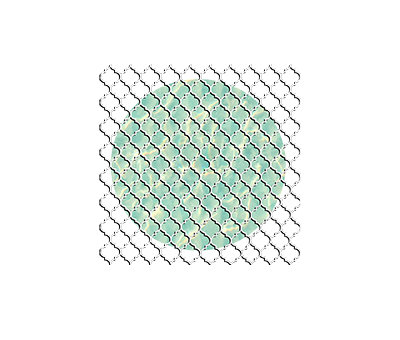 Mesotherapy and Stem Cell Applications
Mesotherapy and Stem Cell Applications
Hair loss can be classified into genetic and non-genetic types. Non-genetic hair
loss may occur after childbirth,
surgeries, due to medications, deficiencies, or post-stress. Thyroid diseases, iron
deficiency, and vitamin
deficiencies are significant factors in hair loss.
Daily hair loss of up to 100 strands is considered normal, with more shedding often
observed in the fall months.
Mesotherapy can be applied as a primary treatment or as an additional therapy for
various types of hair loss.
How is hair mesotherapy applied?
Hair mesotherapy involves small injections into the scalp based on the type and
severity of hair loss. Sessions
can be performed at intervals of 10-15 days, and a total of 8-10 sessions may be
recommended, depending on the
intensity of shedding. Hair should not be washed on the day of the application.
There are no side effects of hair
mesotherapy, and a reduction in hair loss is usually observed after the third
session.
Facial mesotherapy, also known as mesolift, is a method of mesotherapy applied to
the face, neck, décolleté, and
hands to rejuvenate the skin. Over time, our skin loses moisture, elasticity
decreases, and a dull appearance
sets in.
The mesolift method reduces and eliminates these changes associated with aging.
What substances are used in facial mesotherapy?
Hyaluronic acid, a crucial moisturizing substance for the skin, is used in mesolift.
Injections of hyaluronic
acid beneath the skin in dry skin types provide moisture, resulting in a radiant and
luminous appearance. Vitamins
(A, B, C, E vitamins), peptides, and minerals are used in mesolift to repair
diminished or damaged collagen in
the skin. These substances act as antioxidants, particularly beneficial for smokers
and those with sun-damaged
skin, aiding in skin repair and support.
Stem cell application involves isolating and multiplying fibroblasts, which promote skin youthfulness, from a small piece of tissue taken behind the ear in a laboratory setting. The multiplied cells are then reinjected into the face. This method utilizes the individual's own (autologous) living subdermal cells (fibroblasts) as a filler material for the treatment of wrinkles, deep grooves, lip shaping, acne scars, and even long-term skin wounds and scars. These cells stimulate collagen synthesis, facilitating skin regeneration.
 Other Cosmetic Procedures
Other Cosmetic Procedures
PRP (Platelet Rich Plasma) is the shortened name for platelet-rich plasma therapy. In this method, blood is taken from the individual, processed through a series of procedures in a special tube, and then re-injected into the same person through injections.
A Dermaroller is a tool with a handle held by hand and a cylindrical shape at the
end surrounded by numerous
extremely fine stainless steel needles. Dermaroller treatment is also known by
various names such as "mesoroller,"
"microneedle treatment," or "collagen induction treatment."
Dermaroller creates small wounds on the skin and tiny bleeding due to needling. This
stimulates the wound healing
mechanism, revealing growth factors that provide elasticity, firmness, and
brightness to the skin. Therefore, the
skin achieves hydration, fullness, elasticity, and radiance.
Anesthetic creams are applied before the treatment. Dermaroller procedures heal
within 1-3 days without leaving a
trace. For a desired effect in Dermaroller treatment, sessions are required at
intervals of 4-6 weeks, and multiple
needle insertions may be necessary. Dermaroller treatment can be combined with
mesotherapy and PRP therapy.
Sweating is necessary for regulating our body temperature. However, sometimes our
body produces more sweat than
usual. This condition is called excessive sweating (hyperhidrosis). Excessive
sweating can be due to underlying
organ diseases. Some neurological diseases or hormonal disorders may cause excessive
sweating. However, sometimes
there is no underlying disease.
Sweating may occur in psychological situations such as stress and embarrassment. In
such cases, excessive sweating
usually occurs in the armpits, palms, soles of the feet, and the forehead.
Excessive sweating is a social problem for many people. It can lead to staining of
clothes and unpleasant odor.
In recent years, the most effective treatment method for excessive sweating is
botulinum toxin (Botox)
applications. Botox prevents sweating by inhibiting the function of sweat glands.
Thread lift, using specially developed gold-plated threads, is a non-surgical
facelift procedure. This method does
not require any anesthesia. In this method, specially produced gold threads are
placed under the skin.
Within weeks, new collagen bundles that provide elasticity and firmness to the skin
are stimulated. These threads
placed under the skin increase circulation in the subcutaneous tissue and contribute
to the increase of
hyaluronic acid, providing moisture to the skin. Thus, the skin appears younger, and
sagging and wrinkles decrease.
The effect of the application starts within a few weeks and can last up to 2 years.
Which Threads are Used?
In thread facelifts, threads made of PDO (polydioxanone), a material used in
surgeries for years, are used. These
threads are skin-compatible, completely absorbable, have no risk of allergy, and are
reliable materials. They come
in different thicknesses and sizes. The right thread selection should be made
according to the desired effect.
Smooth and spiral threads are used for skin rejuvenation treatments. Thick threads
with prickly protrusions on the
edge are used for skin sagging.
IMPORTANT: The content on this website is purely informative. It cannot replace real doctor supervision and examination. Uz. Dr. Gökçen Alyamaç cannot be held responsible for any complaints or situations that may arise from the application of the information on this site without medical control. Please consult your doctor for the most accurate diagnosis.
- ↗ Aytekin, Sema, Alyamac, Gokcen (2013). Two new cases with costello syndrome. Dermatology Online Journal, 19(8). http://dx.doi.org/10.5070/D3198019267
- ↗ Harman, Mehmet, Sedat Akdeniz, Gokcen Balci, and Ali Uzunlar. "A brownish-red plaque in an adult." Indian Journal of Dermatology, Venereology, and Leprology 75, no. 1 (2009): 101. Gale OneFile: Health and Medicine (accessed January 25, 2023). https://link.gale.com/apps/doc/A192829447/HRCA?u=anon~ac9c083c&sid=googleScholar&xid=844e7faa.
- ↗ Balci, Gokcen, Sabiha Zelal Baskan, and Sedat Akdeniz. "Ectodermal dysplasia: report of four cases and review of literature." International Dental & Medical Disorders 1.1 (2008).
- ↗ Aytekin, Sema, Balci, Gokcen, & Duzgun, Ozgur Yagdiran (2005). Febrile ulceronecrotic Mucha-Habermann disease: A case report and a review of the literature. Dermatology Online Journal, 11(3). http://dx.doi.org/10.5070/D36kp6f1j2 Retrieved from https://escholarship.org/uc/item/6kp6f1j2
Contact Info
| gokcenalyamac@gmail.com | |
| Telehone | 0224 503 68 08
0536 216 98 14 |
| Address | İhsaniye Mahallesi Leylak(110.)Sokak B Blok No:5B 16 Plaza 224 Nilüfer/ BURSA |
| @gokcenalyamac |
You can send any questions and suggestions via the form.
Designed and developed by ↗ Ecem Ergin.
